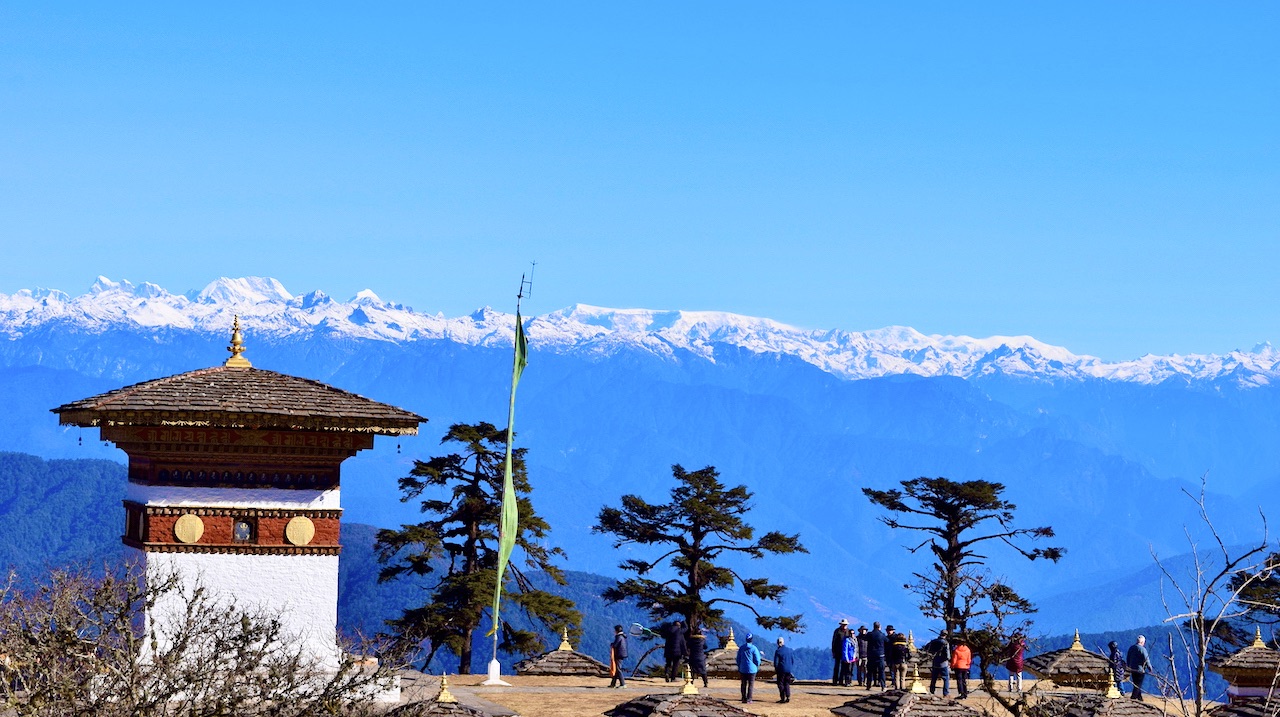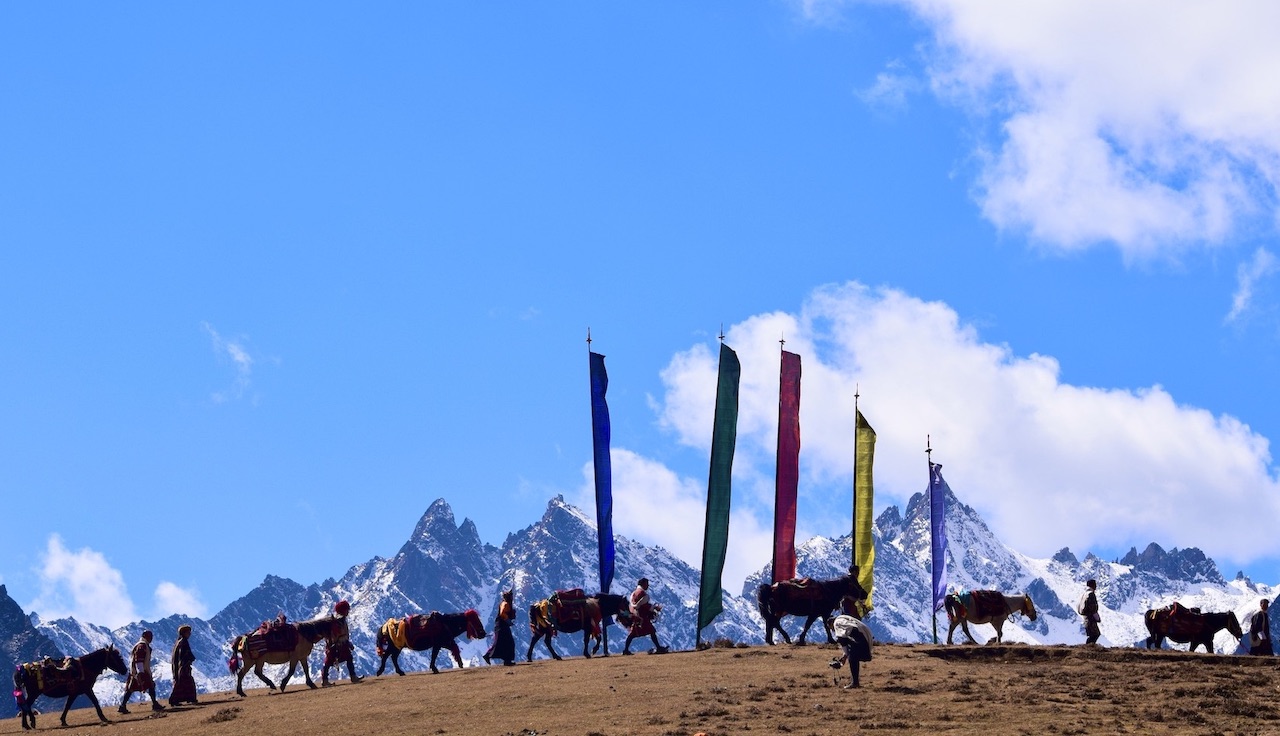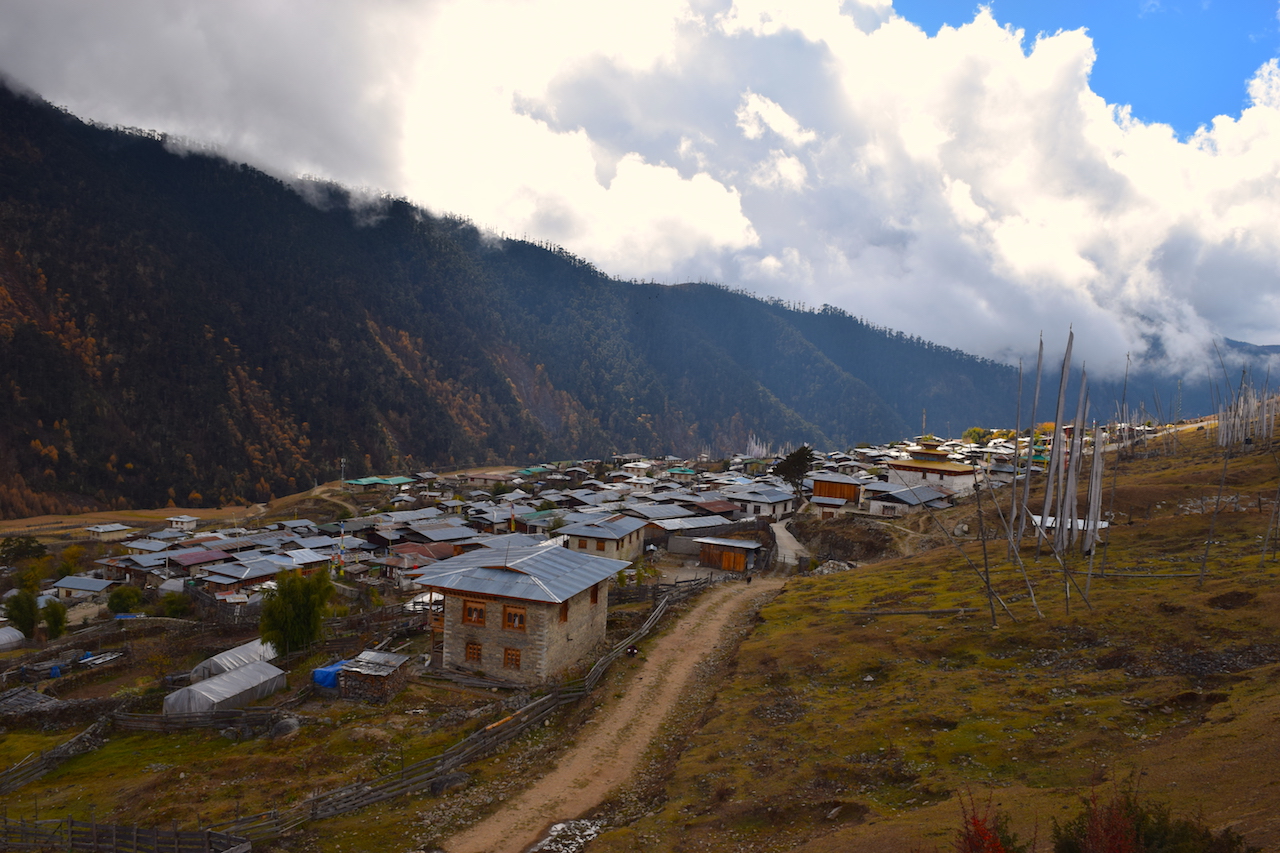Visiting Bhutan in winter, particularly in December, January, and February offers several unique and compelling experiences. Here are some reasons why you might consider a winter trip to Bhutan
Peaceful Experience: Winter is the off-peak season in Bhutan. This allows for a more intimate and peaceful experience with less crowded. You will get more opportunities to interact with locals and experience their hospitality and way of life.
Cultural Festivals: The popular Druk Wangyel Festival is held annually on 13 December at the Dochula Pass, Thimphu. The Druk Wangyel Festival not only honors Bhutan’s sovereignty and peace but also showcases the nation’s rich cultural heritage and the deep spiritual connection of its people. Visitors to this festival experience a blend of historical remembrance, vibrant performances, and breathtaking natural beauty.
Stunning Landscapes and Clear Views: The winter season is characterized by clear skies, which enhance the visibility of breathtaking views of the Himalayan peaks covered in snow, offering some of the most picturesque landscapes. The crisp, cool weather offers excellent visibility for photography and sightseeing. While the higher elevations can be quite cold, the valleys such as Thimphu, Paro, and Punakha enjoy milder winter temperatures, making it comfortable for outdoor activities and exploration.
Affordable Travel: Due to the off-peak season, travel costs, including flights and accommodation, can be lower in winter compared to the peak seasons of spring and autumn.
Snow Activities: If you enjoy snow, the higher regions of Bhutan, such as Bumthang and Haa, receive snowfall during winter. You can enjoy scenic snow-covered landscapes and partake in snow-related activities.
Unique Wildlife and Nature: Great chance to witness the migratory black-necked cranes in the Phobjikha Valley, an endangered species that migrates from Tibet amidst the stunning landscape that the cold weather brings. Winter is also a good time for spotting rare wildlife in Bhutan’s national parks and reserves, as animals come down to lower altitudes in search of food.
Authentic Experiences
- Traditional Hot Stone Baths: Enjoy the traditional Bhutanese hot stone baths, which are especially soothing in the cold winter.
- Local Cuisine: Warm up with traditional Bhutanese cuisine, which is often hearty and spicy, perfect for the cold weather.
- Hot Springs: Winter is a great time to visit Bhutan’s natural hot springs known as Gasa Tsachu, for a relaxing and therapeutic experience amidst stunning nature.
Delight in Bhutan’s winter delights, from indulging in hearty local cuisine to soaking in natural hot springs, cozy fireside gatherings, and the warm hospitality of locals, ensuring a memorable journey that captures the essence of this enchanting Himalayan kingdom.
Book your winter tour at info@authenticbhutantours.com WhatsApp at +975 17343434 or visit https://authenticbhutantours.com for further information.






